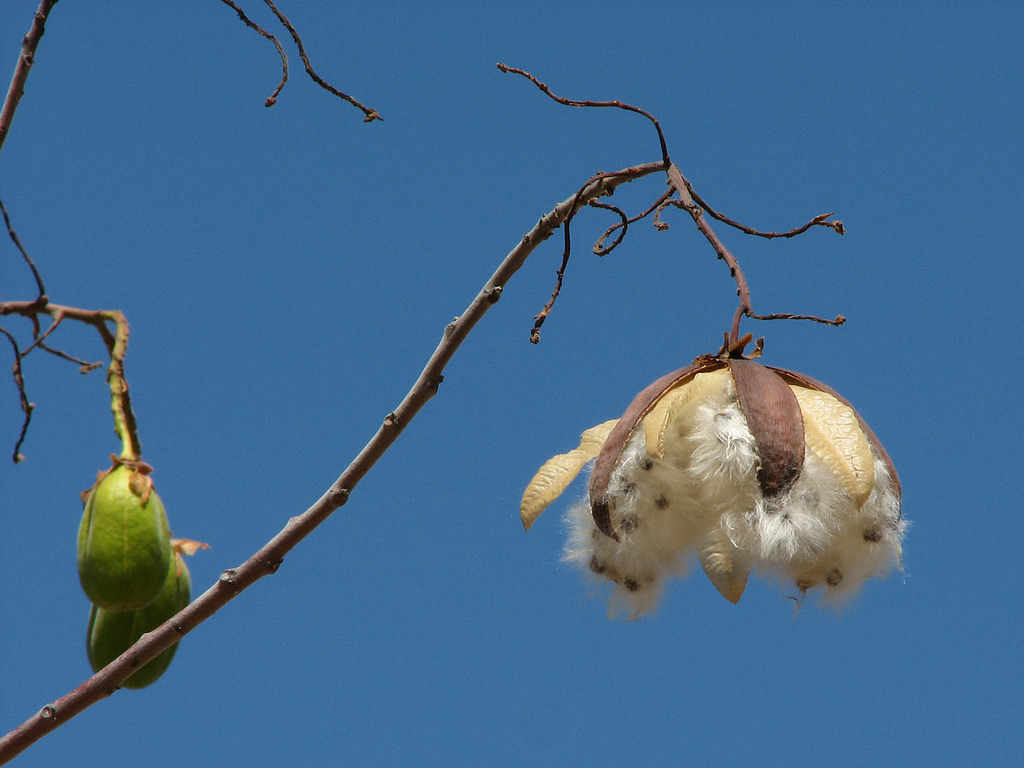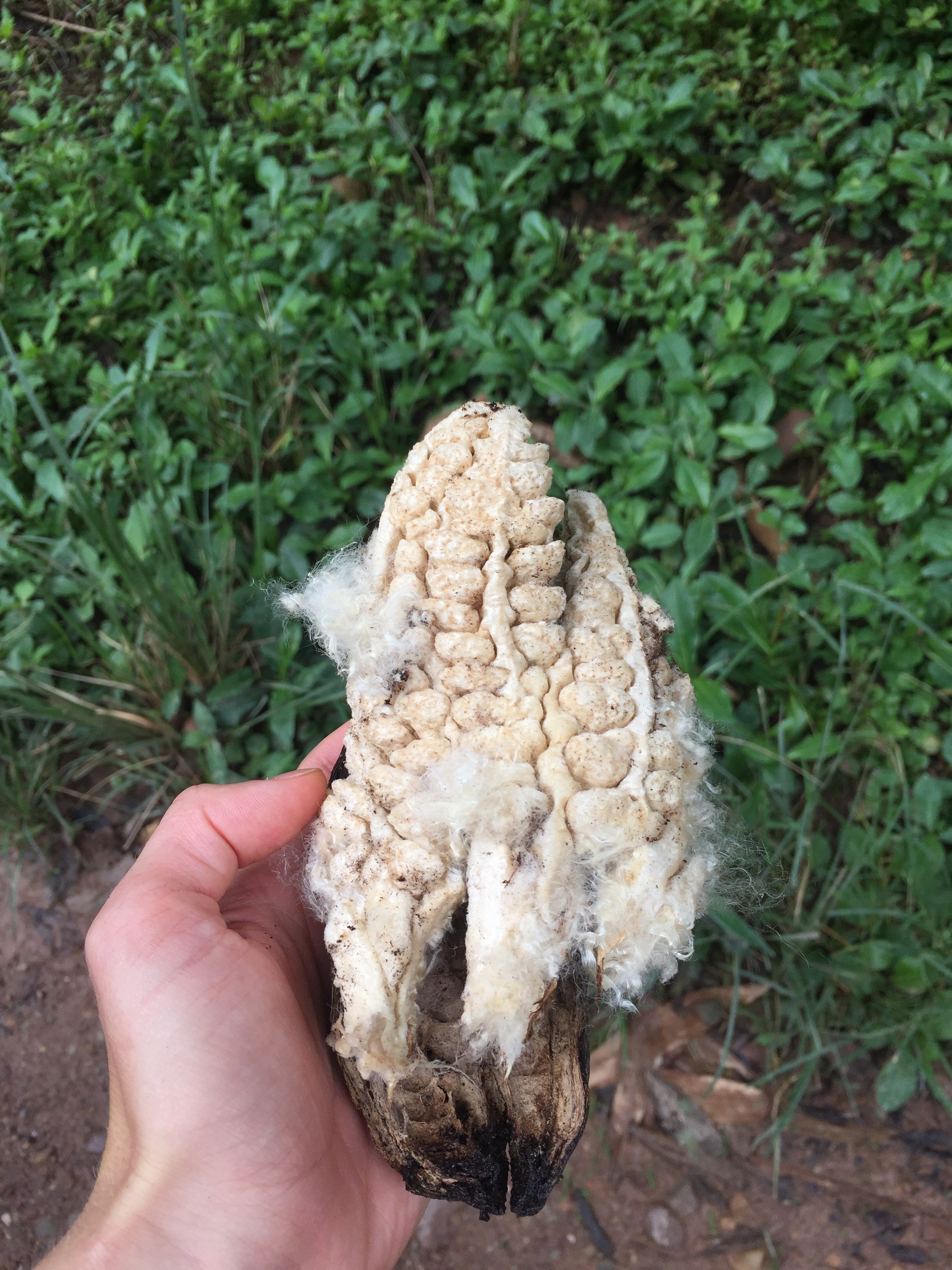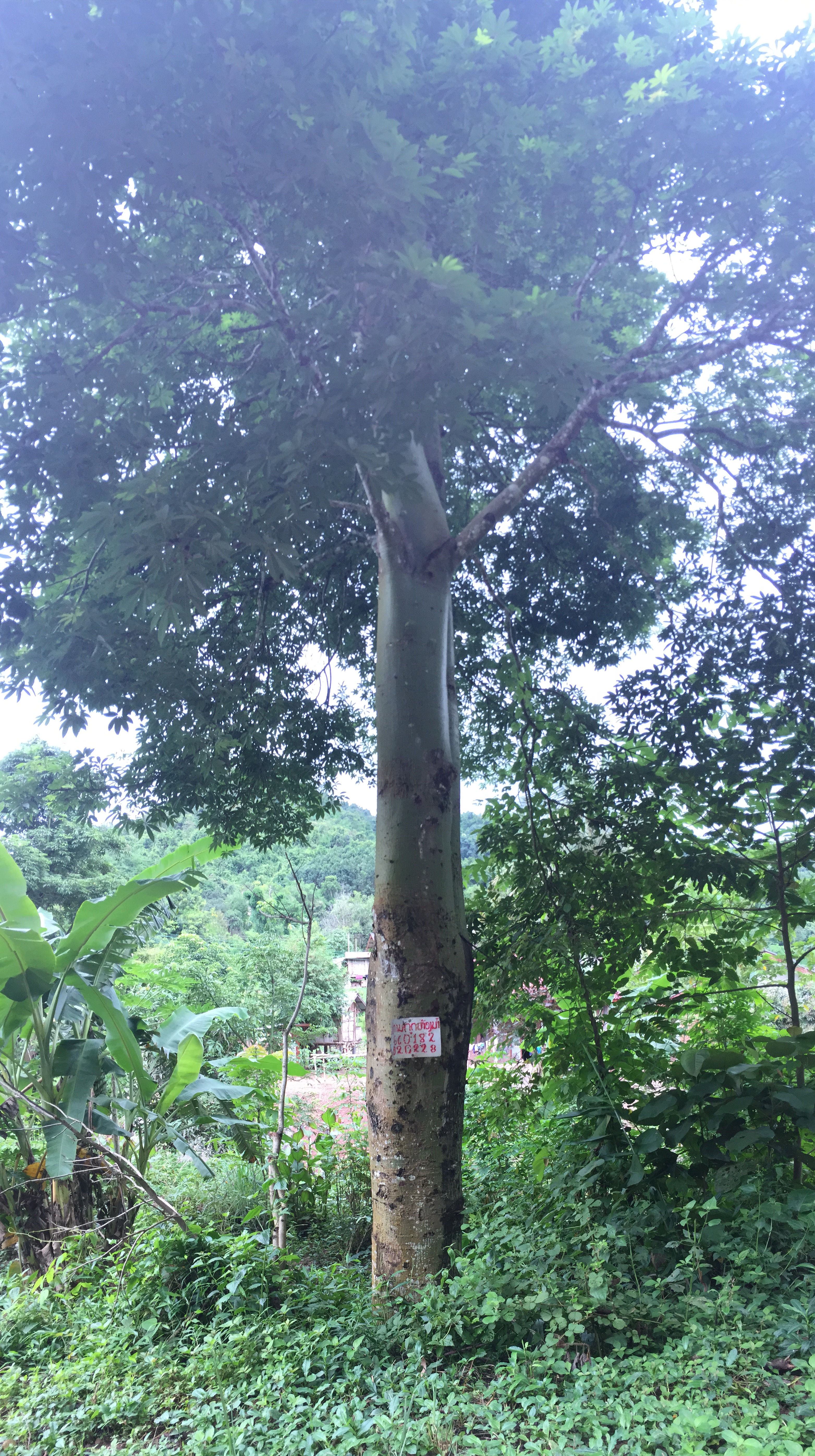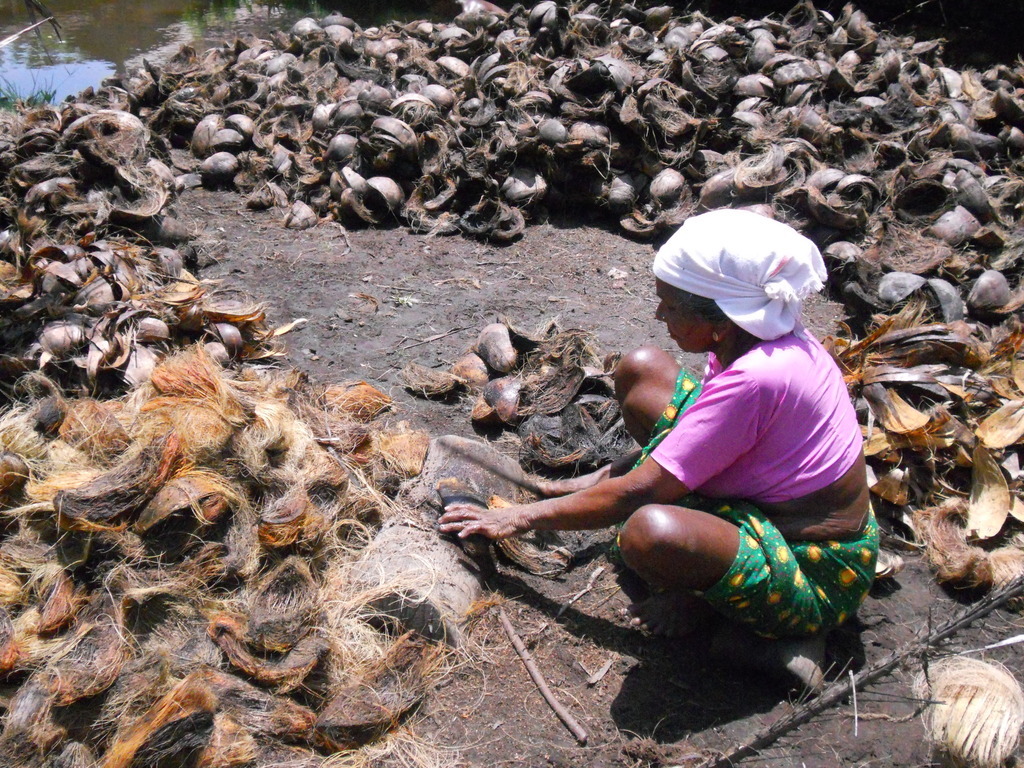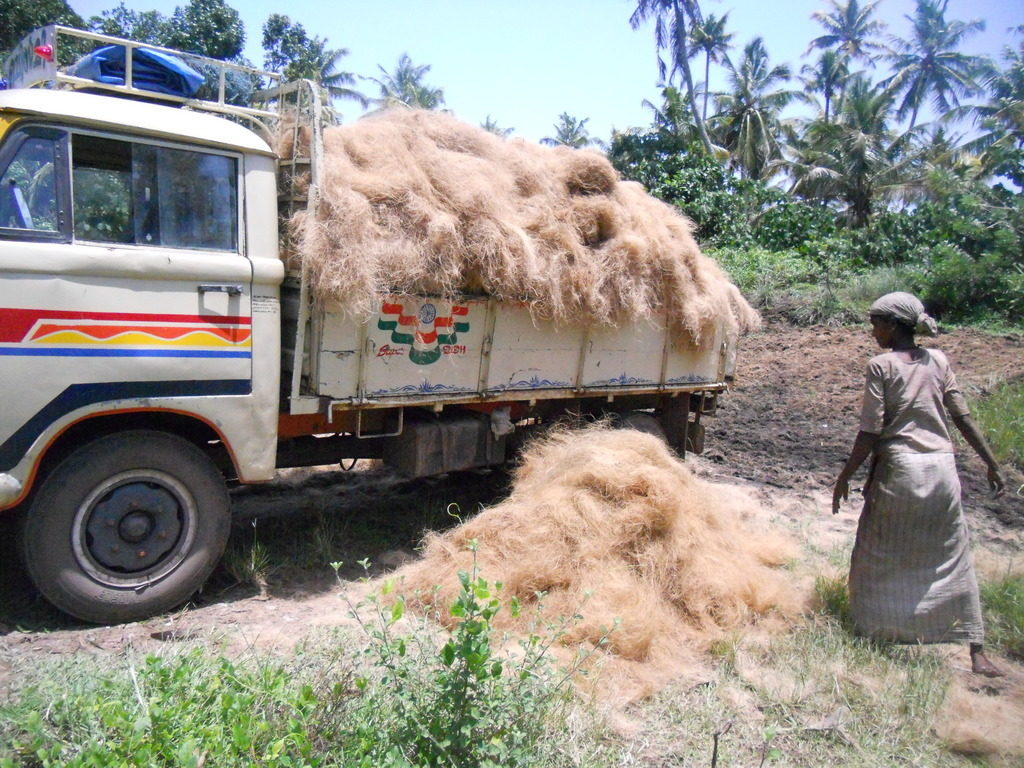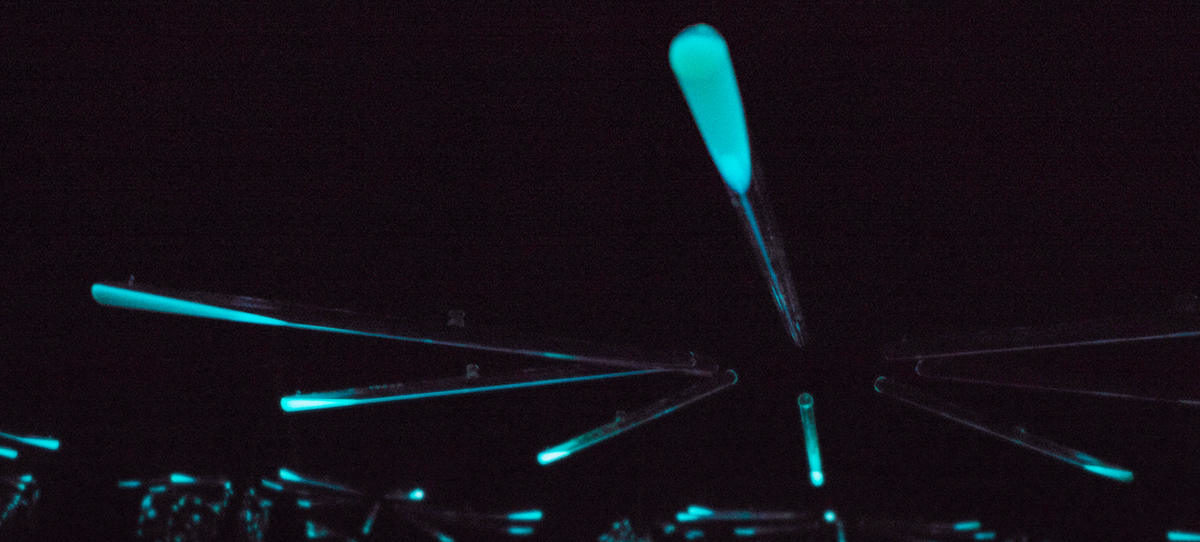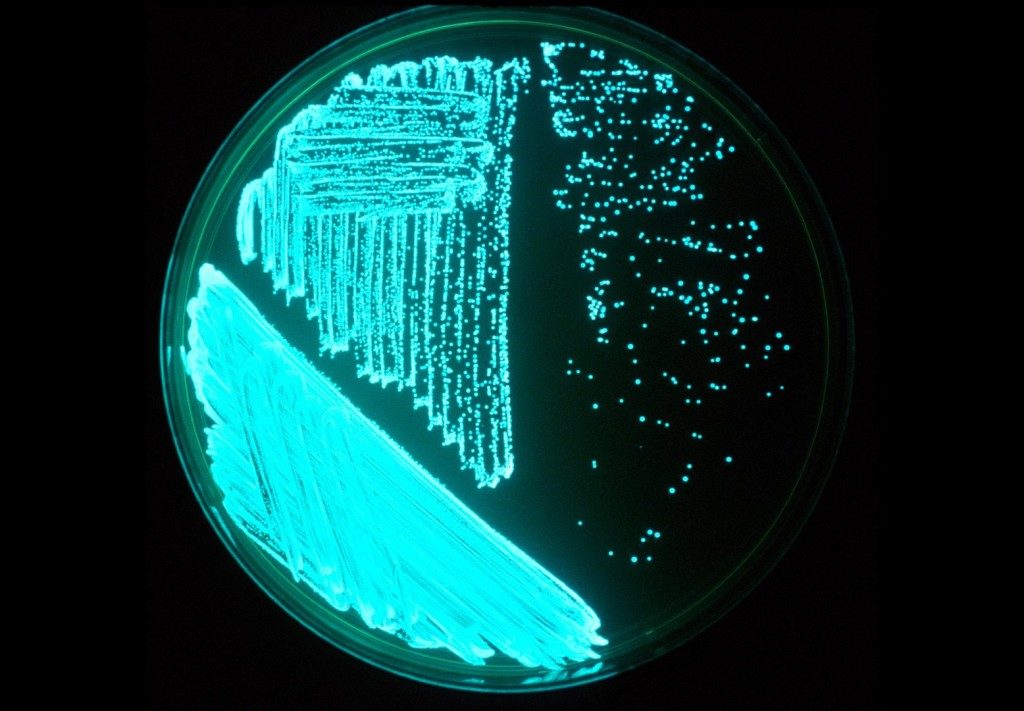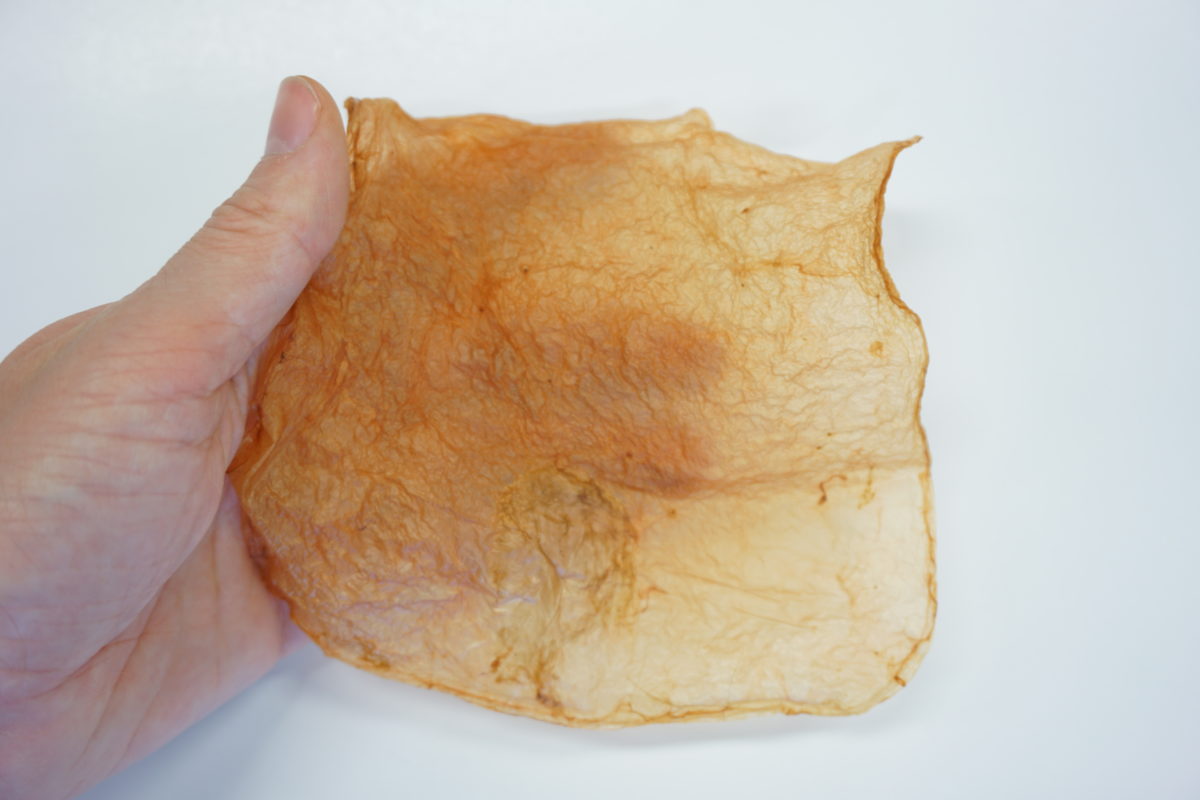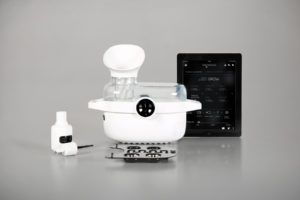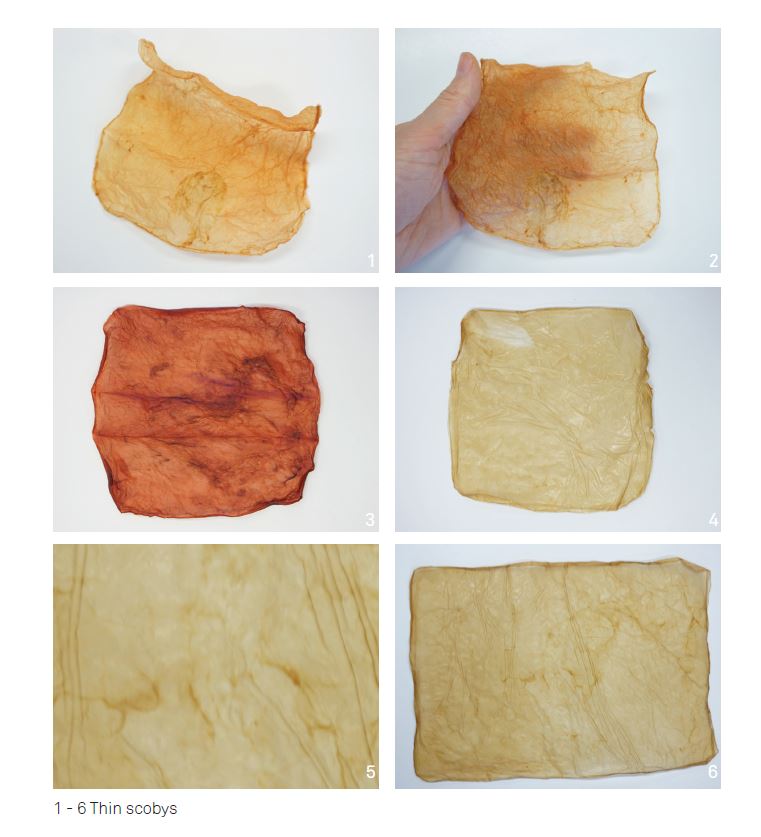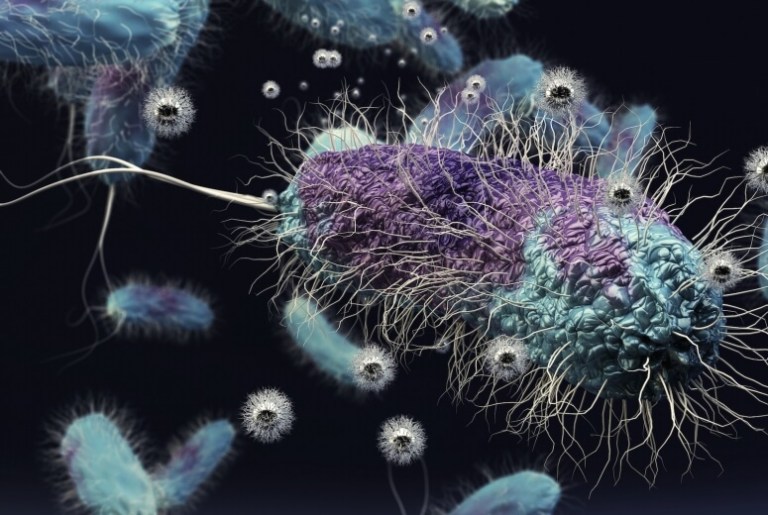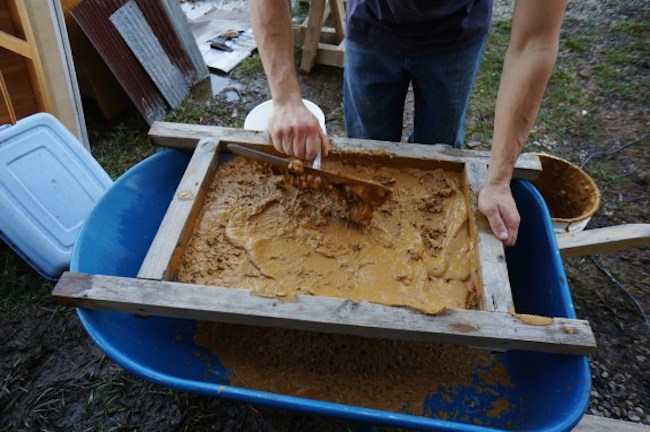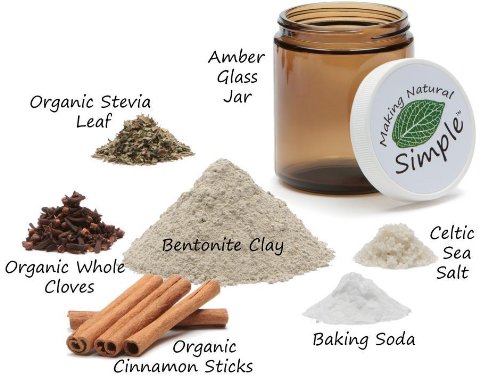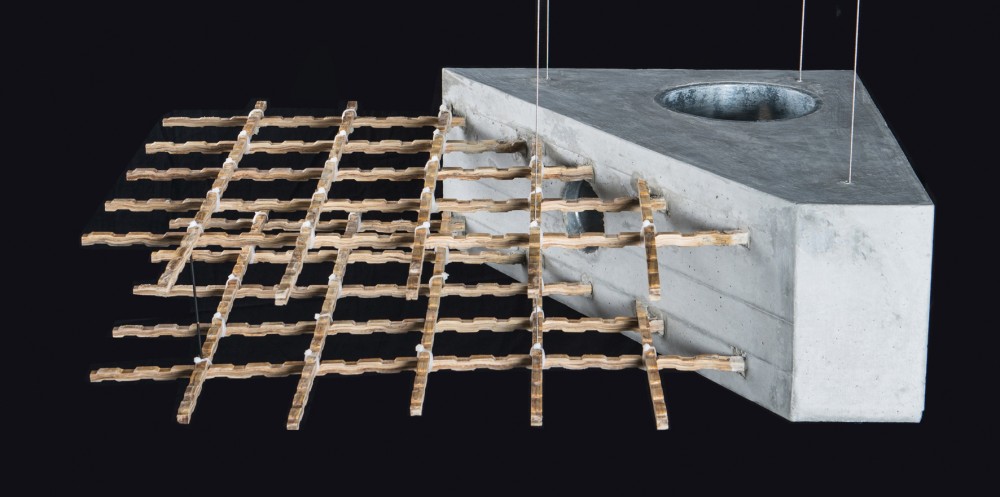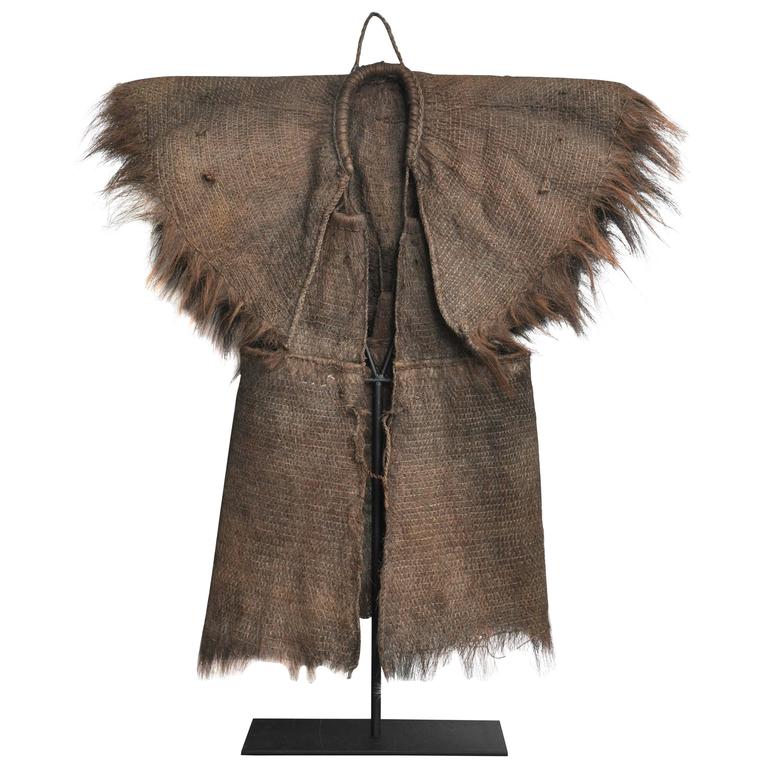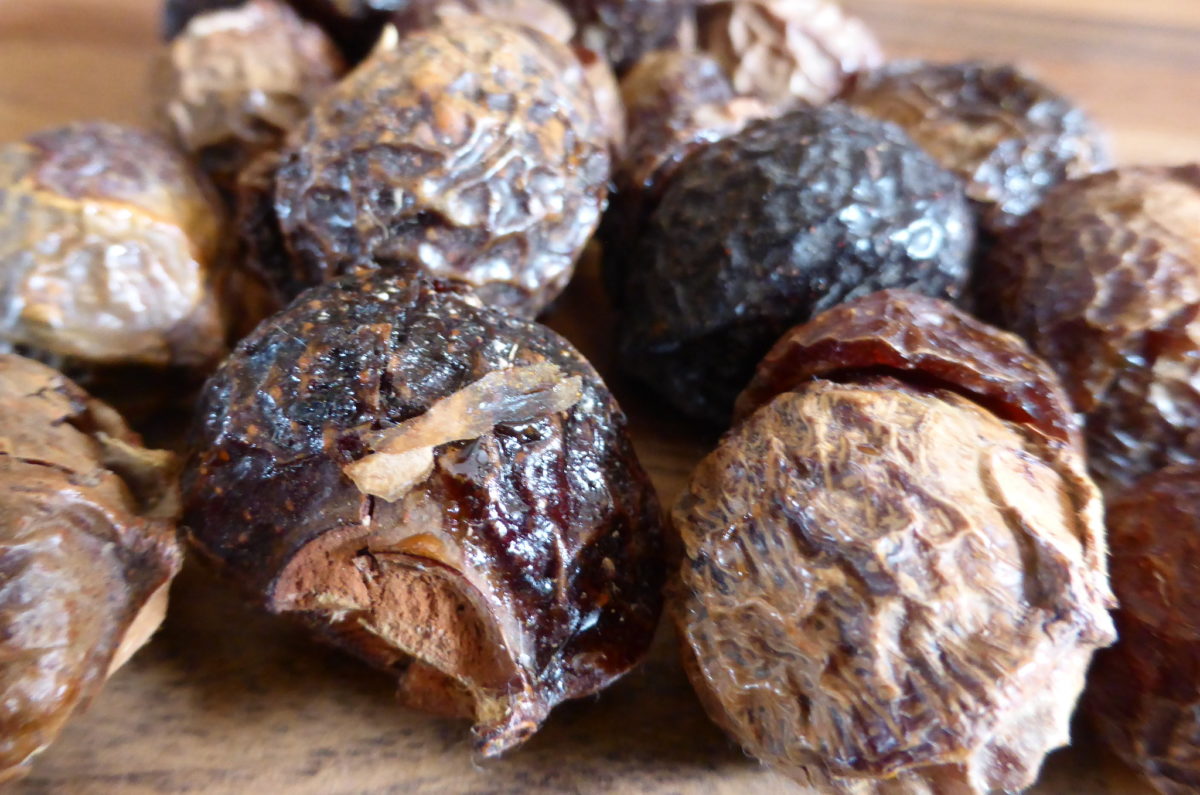These contain saponins which are a natural surfactant, and have been used for washing the body, laundry and dishes where they grow in Asia and the Americas.
Soapberries (also known as soapnuts) are the fruit of several species of trees from the Sapindusbgenus which can be used as a soap to wash the body, hair and clothes. Use of the soapberries was common in South and East Asia until just 20 to 30 years ago. It is also claimed that American Indians used these for washing.
Uses
Clothes washing is the most common use; soapnuts can even be placed in a modern washing machine. Body and hair washing is less common because the fruit foam stings eyes and should not be ingested. Other uses are dishwasher liquid or household detergent.
The soap can allegedly help treat skin conditions such as psoriasis and eczema.
The soapberry could also be used as a mosquito repellent. Scientific research[1] has shown that the “kernel extracts of soapberry disrupt the activity of enzymes of larvae and pupae and inhibit the growth of Aedes aegypti, a mosquito that spreads viral diseases such as yellow fever, dengue and chikungunya.”
Process
The soapberries contain saponin which acts as a natural surfactant.
You can grow the tree from seed. There are lots of resources online [2] about how to grow the tree and the different species that are adapted to different climates. They can withstand draught, poor soil and come with no pests, though it is often seen harmless red shoulder bugs crawling around. Most sources say it takes about 10 years to bear fruit.
Once the tree has born fruit, these are collected and sun dried.
For laundry: add about 5 whole or broken fruit shells to a small cotton drawstring bag and add to the laundry. The bag of soapberries can simply be added in the washing machine or bowl for hand washing.
For hair/body washing, create a soapy mixture using the soapberries mixed with hot water and optional additives to add odour or for better preservation. Detailed recipes can be found online. [3] [4] Beware that the soapy foam stings if it gets into your eyes.
References
[1] http://www.downtoearth.org.in/news/soapnut-a-mosquito-repellent-33188
[2] https://www.gardeningknowhow.com/ornamental/trees/soapberry/soapberry-tree-growing.htm
[3] https://wellnessmama.com/8441/soap-nuts-shampoo/
[4] https://www.nourishedlife.com.au/article/216288/all-ways-you-can-use-soapberries.html
